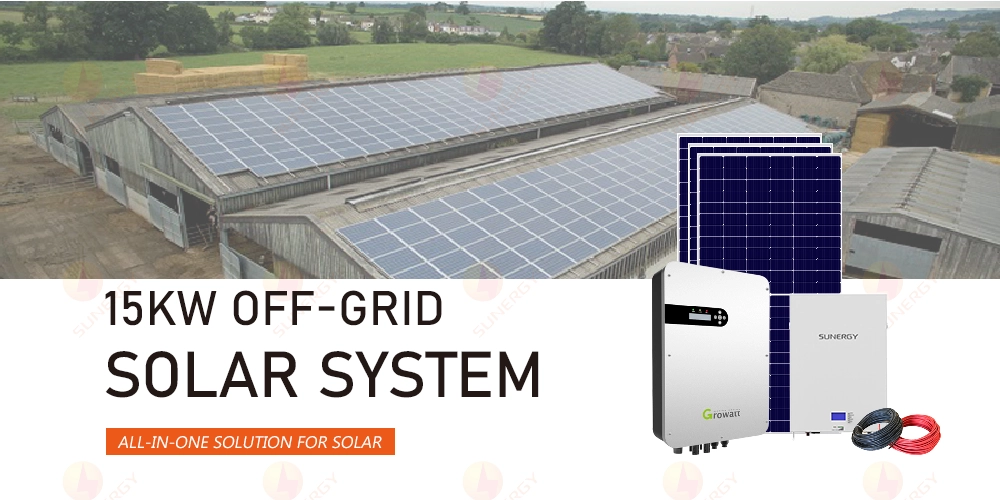Table of Contents
As the world moves towards sustainable energy solutions, off-grid solar systems are becoming increasingly popular for those looking to live independently from traditional power grids. Whether you're aiming for energy self-sufficiency, preparing for emergencies, or simply reducing your carbon footprint, an off-grid solar system can be a game-changer. In this article, we'll walk you through the essential steps to design and calculate your very own off-grid solar system.
Understanding Your Energy Consumption
The first step in designing your off-grid solar system is to understand your energy needs. Take a close look at your electricity bills or use a power monitor to track your daily energy usage. Consider all appliances, from the refrigerator to the television, and especially those energy-guzzlers like HVAC systems.
Location and Solar Insolation
The effectiveness of your solar system is heavily influenced by your geographical location and the amount of sunlight it receives, known as solar insolation. The more solar radiation your area receives, the fewer panels you'll need. Research your region's average solar insolation to make an informed decision.
Calculating Your Power Requirements
With your energy consumption and solar insolation data in hand, you can now calculate the size of your solar array. Divide your daily energy needs (in kWh) by the average daily sun hours for your location. This will give you the required solar panel output in kW.
Sizing Your Solar System
The size of your solar system, in kW, will tell you how much energy your panels need to produce each day. Remember to account for factors like energy loss and consider adding a buffer to ensure reliability, especially during periods of low sunlight.
Choosing the Right Inverter
The inverter is the heart of your solar system, converting DC power from the panels to AC power for your home. Choose an inverter that can handle the maximum load of all your devices running simultaneously. Don't forget to include a safety margin to accommodate future expansion or unexpected loads.
Weathering the Seasons
Weather conditions and seasonal changes can impact your solar panels' efficiency. Incorporate variables like cloud cover, fog, and snow into your calculations to ensure your system remains reliable throughout the year.
Maximizing Sun Exposure
Placement is crucial for solar panels. In the Northern Hemisphere, south-facing panels will capture the most sunlight. Optimize your panel angle and orientation to maximize energy capture.
The Importance of Maintenance
A well-maintained solar system is an efficient one. Regular checks and cleanings will keep your system running smoothly and ensure you're getting the most out of your investment.
Utilizing Solar Calculators
Take advantage of online solar calculators to estimate your system's requirements quickly and accurately. These tools can provide a ballpark figure based on your daily energy usage and local sun hours.
Considering Professional Help
While it's possible to design your solar system yourself, consulting with a professional can save you time and ensure that your system is tailored to your specific needs and location.

Designing an off-grid solar system is a significant undertaking, but with careful planning and consideration, it's an investment that pays dividends in energy independence and environmental responsibility. As renewable energy becomes more prevalent, the role of off-grid solar systems will only grow. By understanding the design and calculation process, you're not just powering your home—you're contributing to a greener future.
Remember, every step you take towards solar energy is a step towards a more sustainable and resilient lifestyle. So, why wait? Start planning your off-grid solar system today and join the growing community of solar pioneers.

